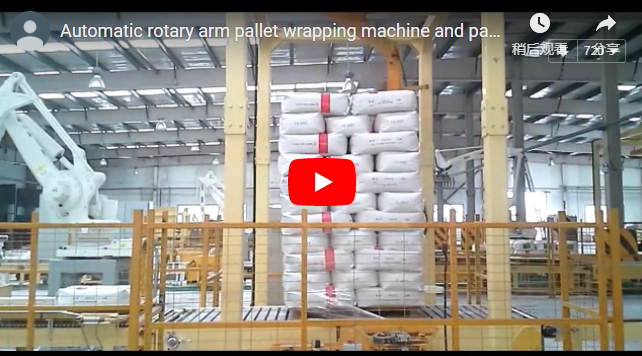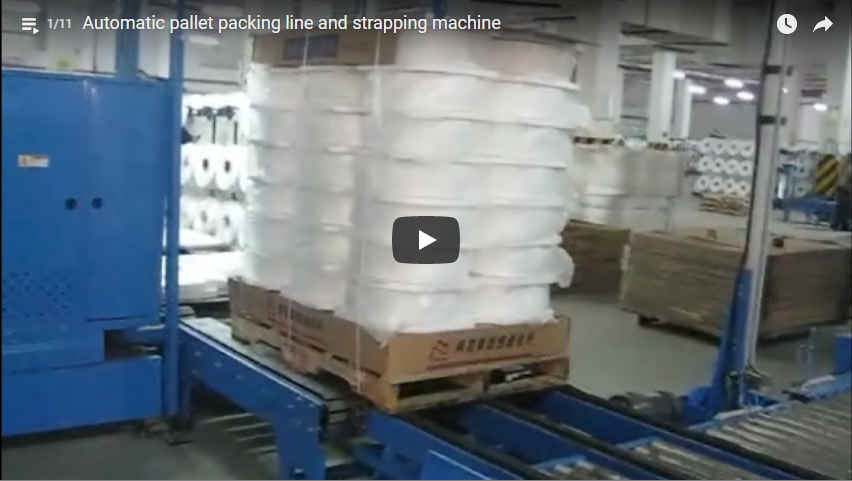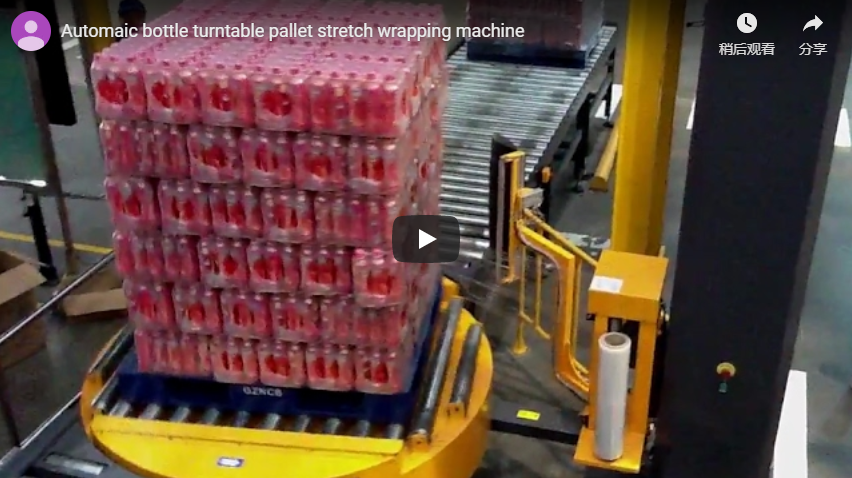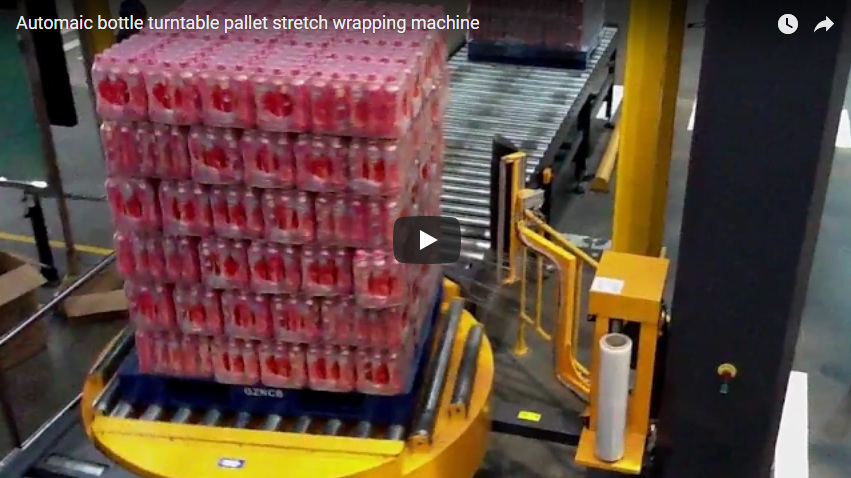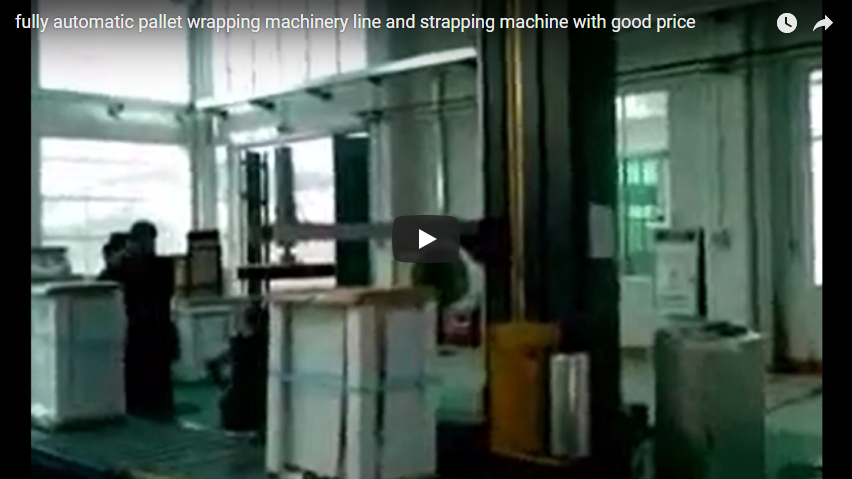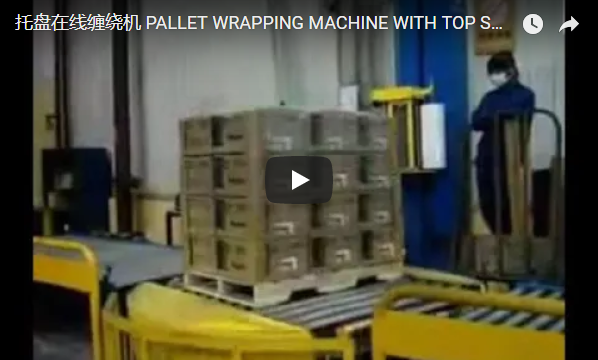Streamlining the packaging process for items that don't conform to standard pallet sizes presents unique challenges. The non-pallet stretch wrapping machine, often referred to as an orbital or horizontal wrapper, offers a specialized solution for securely unitizing and protecting long, bulky, or irregularly shaped products without the need for a pallet base. This technology is particularly effective for items such as bundles of lumber, pipes, doors, windows, furniture, rolls of carpet, textiles, and even smaller consolidated loads like cartons or cable drums that require stabilization during transit and storage.
1. Operational Principle and Structural Design
Unlike traditional turntable or rotary arm wrappers designed for palletized loads, non-pallet wrappers typically utilize an orbital wrapping mechanism.
- Core Function: The product is fed horizontally through a rotating ring or annulus. A carriage mounted on this ring dispenses stretch film, wrapping it around the product as it passes through the ring's opening.
- Design Variations: Machines can feature vertical or horizontal ring orientations depending on the primary application and product flow. The structure usually includes infeed and outfeed conveyor systems (powered or gravity-fed) to facilitate product movement.
- Film Application: Advanced systems offer precise control over film tension, pre-stretch (often up to 250-300% to maximize film efficiency), and wrapping patterns (e.g., number of wraps at leading/trailing edges) via a Programmable Logic Controller (PLC).
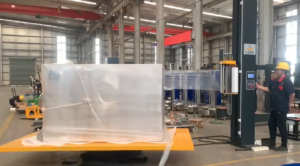
large turntable pallet wrapping machine 2. Key Components Breakdown
Understanding the core components helps in appreciating the machine's capabilities and maintenance requirements:
- Ring Assembly: The heart of the machine, housing the drive mechanism (often gear or belt-driven) and the film carriage. Robust bearings ensure smooth, high-speed rotation.
- Film Carriage: Holds the stretch film roll. Features include pre-stretch rollers (fixed or variable), film threading mechanisms, and often a safety cut-and-clamp system to automatically attach and sever the film.
- Conveyor System: Transports the product through the wrapping zone. Roller types (steel, PVC, rubberized) and spacing are chosen based on product weight and surface characteristics. Adjustable side guides may be included for product alignment.
- Control System: Typically features a PLC with a Human-Machine Interface (HMI) touchscreen for setting parameters like ring speed, conveyor speed, film tension, number of wraps, and diagnosing errors.
- Frame and Guarding: Constructed from heavy-duty welded steel for stability and longevity in industrial environments. Comprehensive safety guarding with interlocked access doors is crucial.
3. Technical Specifications Overview
While specifications vary significantly based on model and manufacturer, typical parameters include:
- Ring Diameter: Determines the maximum cross-section of the product that can be wrapped (e.g., 1200mm, 1600mm, 2000mm+).
- Ring Rotation Speed: Often adjustable, ranging from 20 to 90 RPM, impacting throughput.
- Conveyor Speed: Adjustable, typically synchronized with ring speed (e.g., 5-20 m/min).
- Maximum Load Weight: Capacity of the conveyor system (e.g., 1000 kg, 2000 kg+ per linear meter).
- Maximum Load Dimensions (L x W x H): Defines the operational envelope (Length is often theoretically unlimited, constrained by factory space).
- Film Type: Standard LLDPE stretch film (e.g., 23-35 micron thickness, 500mm width).
- Film Pre-stretch Ratio: Fixed or variable, commonly up to 300%.
- Power Requirements: Voltage/Frequency/Phase (e.g., 480V/60Hz/3Ph), Compressed Air (if pneumatic components are used).
- Control: PLC (e.g., Siemens, Allen-Bradley) with HMI.
Parameter Comparison (Illustrative Example):
| Parameter | Entry-Level Model | High-Throughput Model |
|---|---|---|
| Ring Diameter | 1200 mm | 2500 mm |
| Max Ring Speed | 40 RPM | 75 RPM |
| Max Conveyor Speed | 12 m/min | 18 m/min |
| Pre-stretch | Fixed (e.g., 250%) | Variable (150-300%) |
| Automation | Manual Start/Stop | Fully Auto Cycle, Clamp |
| Typical Throughput | ~30-40 Loads/hr | ~60-80+ Loads/hr |
4. Diverse Industrial Applications
The versatility of non-pallet wrappers makes them suitable across numerous sectors:
- Building Materials: Wrapping bundles of timber, aluminum extrusions, PVC pipes, insulation panels, doors, and windows.
- Furniture Manufacturing: Protecting assembled or flat-packed furniture items.
- Textiles & Flooring: Securing rolls of carpet, fabric, or artificial turf.
- Metal Fabrication: Bundling long metal profiles, bars, or tubes.
- Logistics & Distribution: Consolidating multiple smaller cartons or items into a single, stable unit for shipping without a pallet.
- Cable & Wire: Wrapping large drums or spools of cable.

qq图片20240708115531 5. Advantages Over Traditional Pallet Wrapping
Opting for a non-pallet wrapper offers distinct benefits:
- Material Savings: Eliminates the cost and handling associated with pallets. Reduces overall packaging material usage compared to manual wrapping or crating.
- Load Security: Provides tight, consistent wrapping around the entire product, offering superior stabilization and protection against dust, moisture, and shifting during transit.
- Handling Flexibility: Allows for direct handling of the wrapped product using forklifts (with appropriate attachments), cranes, or manual methods, depending on size and weight.
- Space Efficiency: Wrapped products often occupy less storage and shipping space compared to palletized equivalents.
- Adaptability: Effectively handles products that are too long, unstable, or awkwardly shaped for conventional pallet wrappers.
6. User Experience and Operational Considerations
From a user perspective, modern non-pallet wrappers are designed for efficiency and safety:
- Ease of Use: HMIs provide intuitive controls for adjusting parameters and selecting pre-programmed wrapping cycles. Film roll changes are typically straightforward.
- Maintenance: Routine checks involve inspecting rollers, belts/chains, sensors, and ensuring the film cutting/clamping mechanism is clean and functional. Lubrication schedules should be followed per manufacturer recommendations.
- Safety: Essential features include emergency stops, safety interlocks on access doors, light curtains at entry/exit points, and clear visual/audible signals during operation. Operator training is paramount.
- Integration: These machines can be integrated into automated production lines with upstream and downstream conveyor systems, barcode readers, and labeling equipment.
7. Selecting the Appropriate Machine
Choosing the right non-pallet wrapper involves assessing:
- Product Range: Minimum and maximum dimensions (W x H) and length of items to be wrapped.
- Weight: Maximum weight capacity needed for the conveyor system.
- Throughput Requirements: Number of items needing wrapping per hour/shift.
- Level of Automation: Manual, semi-automatic, or fully automatic operation.
- Operating Environment: Space constraints and any specific environmental conditions (e.g., cold storage).

fe957e39 4319 45d8 a793 69c85f2bd30e Conclusion
Non-pallet stretch wrapping machines represent a significant advancement in packaging technology, offering a robust and efficient method for securing and protecting a wide array of non-standard loads. By understanding their operational principles, technical specifications, and diverse applications, industries can leverage these systems to enhance load integrity, reduce packaging costs, and streamline their logistical operations. For businesses handling long, bulky, or irregularly shaped products, orbital wrappers provide a compelling alternative to traditional pallet-based unitizing methods.
For further information on packaging machinery standards and best practices, resources like the Packaging Machinery Manufacturers Institute (PMMI) can provide valuable insights.

